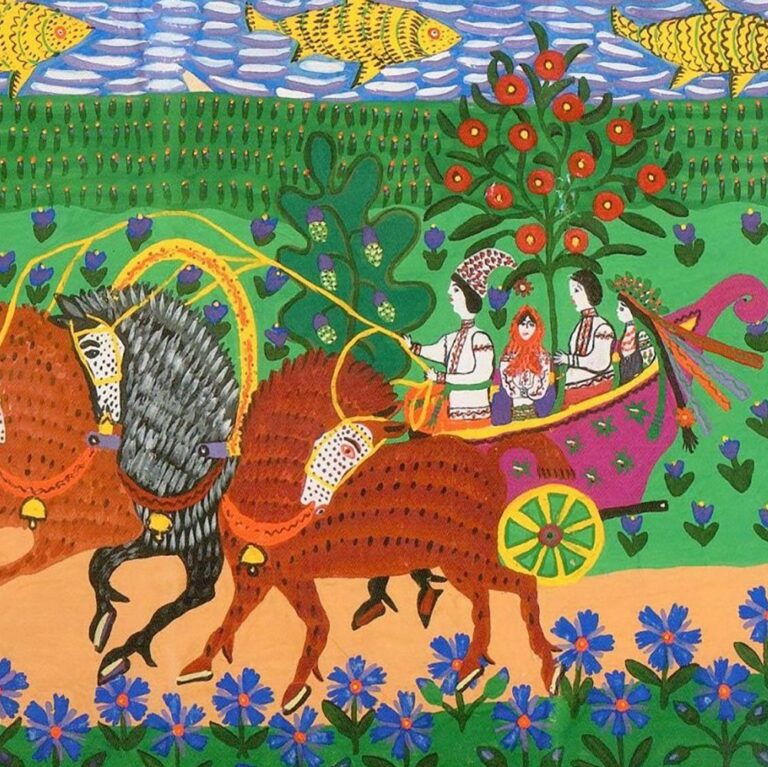On the fourth day of Russia’s invasion, the Ukrainian media published the heartbreaking news that Russian occupiers destroyed the museum of local history in Ivankiv, which contained the paintings of Maria Prymachenko, the world-renowned representative of naïve art. This story, however, has an unexpected and joyful plot twist: the locals, risking their lives, saved some of the talented artist’s works.
A UNESCO member since 1954, Russia has been deliberately and systematically destroying Ukraine’s cultural heritage during the full-scale war. They destroy even those cultural monuments that, it would seem, should be revered, considering the narratives that Russians are guided by — for example, churches of the Russian Orthodox Church or monuments to soldiers of the Second World War. In almost two months of confrontation, the occupiers destroyed or damaged more than 160 cultural sites, and these are just the documented cases.
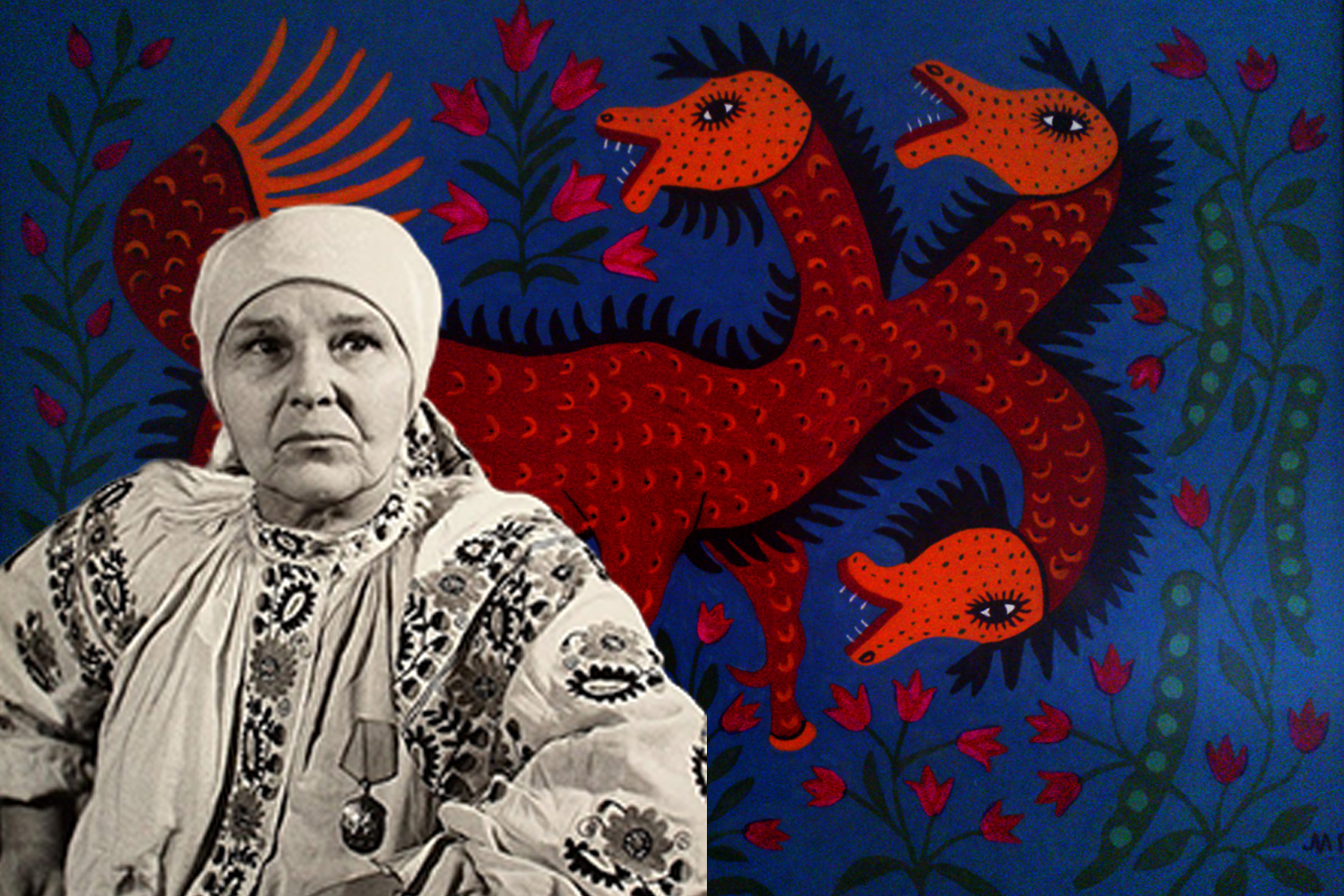
Many people were concerned about the fate of the Historical and Local History Museum in the village of Ivankiv, northwest of Kyiv, where the collection of Maria Prymachenko’s (1909–1997) paintings was stored. She worked in the naïve art style (primitivism) and, during her lifetime, created more than 1,000 works, including paintings and decorative drawings. Many were exhibited abroad. Included in the Encyclopedia of World Art, Prymachenko also has a number of streets in Ukrainian cities named in her honor, as well as an asteroid that was discovered in the 1990s. Iconic artists like Pablo Picasso and Marc Chagall admired the work of this Ukrainian painter.
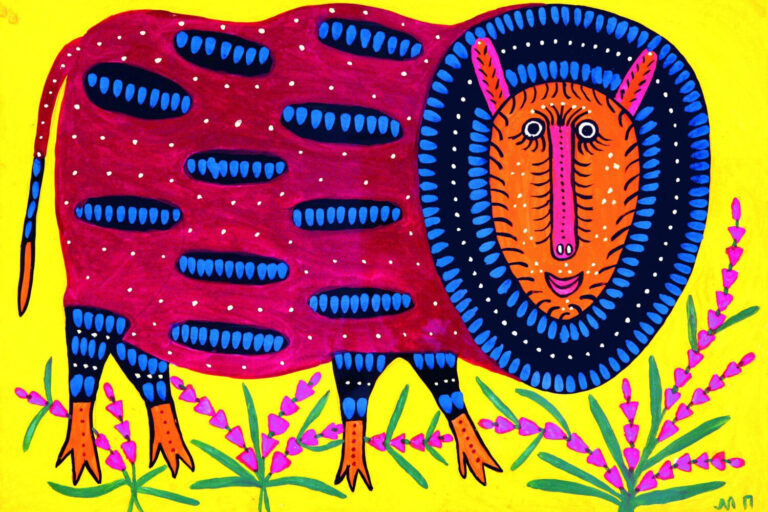
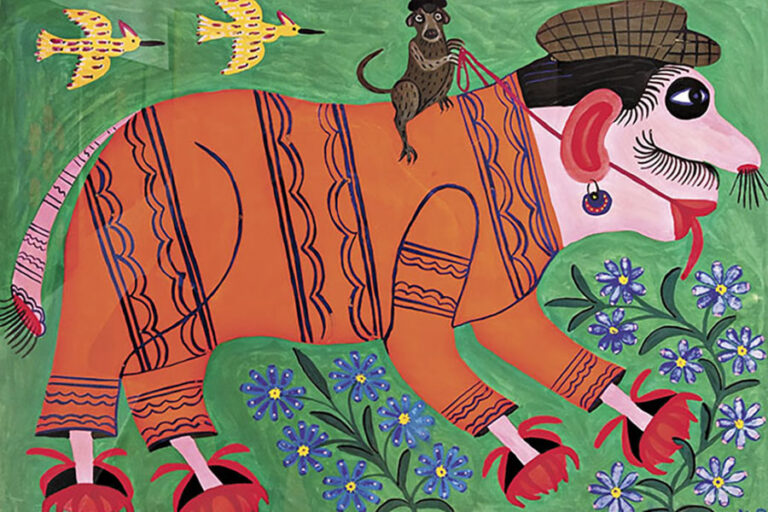
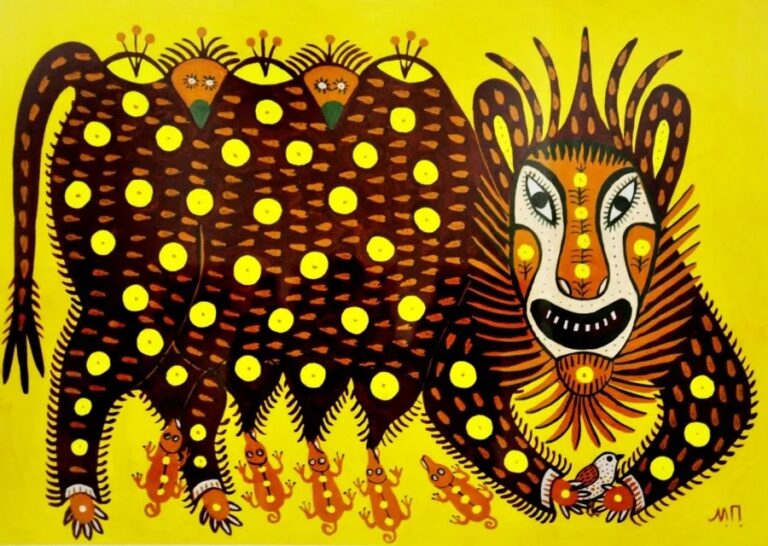
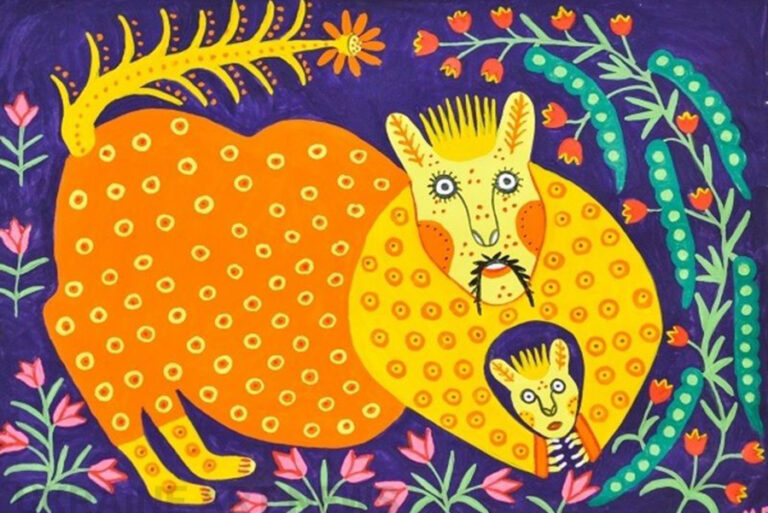
slideshow
The collection of Maria Prymachenko’s works, which were kept in Ivankiv, includes thirty-one paintings and two painted plates. Some of the paintings were saved, according to the latest reports.

Ivankiv, museum and war
On the second day of the invasion, the Russian troops started shelling the village of Ivankiv, which is located 85 km from Kyiv. Since then, the residents of Ivankiv have spent 35 days under occupation.

Natalia Kharytonova, Director of the Center for Children and Youth Creativity, witnessed all of these events together with the other locals. The woman says that when people realized that the occupiers had come to their land and that expecting something good from them was futile, they decided to store Maria Prymachenko’s paintings together and hide them in a separate place in the museum. Unfortunately, the locals’ premonition came true. On February 25th, as they were sheltering from the shelling, one of the projectiles hit the roof of the museum. A strong wind spread the fire that broke out, but calling the emergency hotline was useless because no one could come.
“In order not to wait for what would happen next, because we knew that there were paintings, we ran up here (to the museum. — Ed.). We tore out the bars from these two windows, and then the men broke these two windows and started taking out the exhibits, which we were able to save. We just knew where the paintings were hidden, so we pulled them out right away. And the first ones saved were, of course, the paintings by Maria Prymachenko.”

The woman emphasizes that in addition to the collection of paintings by Maria Prymachenko, other valuable works of art were kept in the destroyed building.
“There were Hanna Veres’s decorative cloths, there were paintings of Anna Ihnatiuk… Unfortunately, we didn’t have time to save them. There is a tractor there, one of the first tractors. It’s still there, but it burned a lot. Well, I hope it can be restored because it is unique. There were many exhibits dedicated to the Chernobyl disaster. There were records about the Chernobyl liquidators.”
Among all the people gathered near the burning museum, two local men decided to save the exhibits. They are Ihor Nikolaienko and Anatolii Kharytonov. They recall that there was little time to think because the fire was quickly devouring the building.

First they tore out the bars on the windows, Ihor says. They were salvaging exhibits from the part of the museum where the flames had not yet reached, because it was dangerous to enter the projectile-hit side of the building. The men say that the whole process took nearly 20 minutes before the damaged ceiling began to bend. They tried to save everything they could, Ihor adds.
“The works and valuables that were there are the only things that remain from the Ivankiv district’s history. Some of the exhibits are the world-famous works by Maria Prymachenko and Anna Ihnatiuk. So those were the most valuable things that we had. Never mind, we’ll rebuild everything and will find something for the museum. Everything is going to be fine.”

The future of the museum
Anastasiia, the great-granddaughter of Maria Prymachenko, is engaged in the preservation of the legacy and is both the founder and head of the Artistic Heritage of Maria Prymachenko’s Family. While in Lviv, she found out about the hostilities near Ivankiv. The woman planned to get to the village to save her family’s valuables, but it was too late as Ivankiv was already blocked, so she was forced to return. Anastasiia says that at some point, she came to terms with the fact that the priceless creative legacy was lost forever. Only later did she find out by phone that some of her genius great-grandmother’s paintings were saved.
“I was mostly worried about the people. It’s true, because I found the photos of these paintings (presented in the museum — Ed.) on my computer, whatever they may be. I’m so proud of the people who live in Ivankiv.”

Sharing the enthusiasm of Ivankiv residents, Anastasiia says that the museum, which was completely destroyed by the Russians, will be rebuilt. She has already started establishing international cooperation by giving permission to reproduce and circulate those Prymachenko’s works that were considered lost forever. The proceeds will be used for the restoration of the museum. The works of the renowned artist will also be displayed at this year’s Venice Biennale.

Anastasiia says that she has a lot of ideas aimed at creating both a new wave of interest and ways of preserving the painter’s works, which include not only paintings but also songs, embroidery, decorative paintings on dishes, etc. In her opinion, such stories, no matter how sad they may be, serve to remind us not only of the value of art but also of human life.

